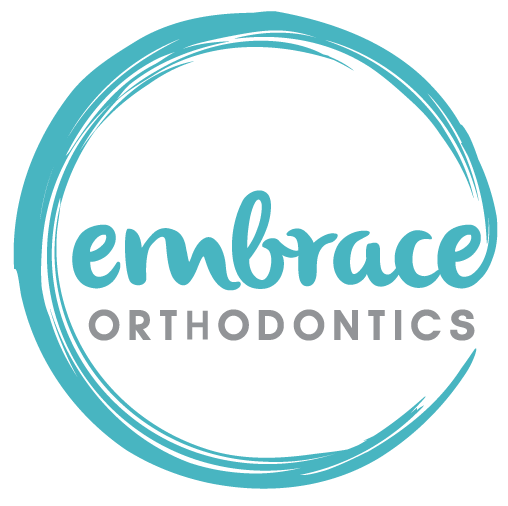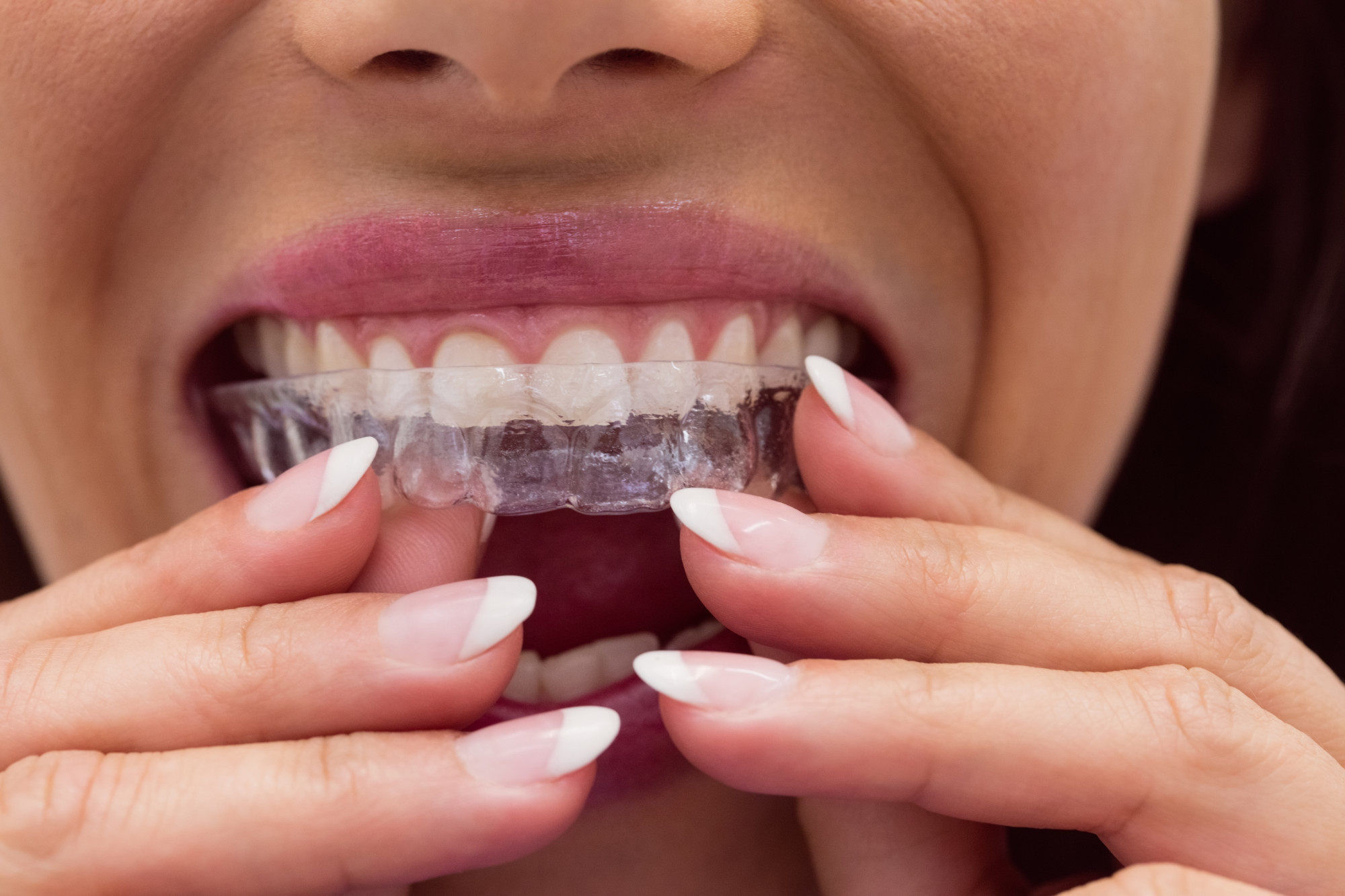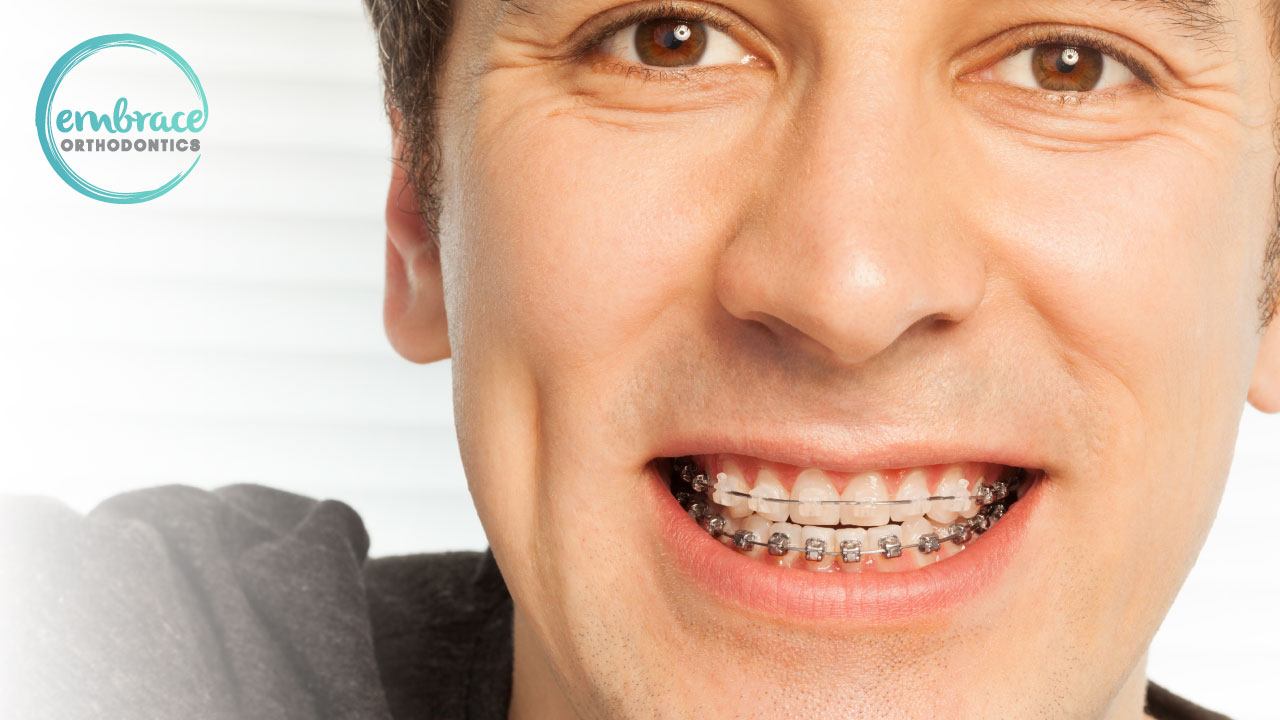Interceptive orthodontic treatment, also known as early orthodontic treatment, is any type of intervention that happens on a patient who still has baby teeth. Treating someone at a very young age allows the orthodontist to catch any problem that’s either present or developing before it gets significantly harder to correct. It allows the dentist to decide whether a two-phase orthodontic treatment is necessary or not.
Having all this extra time and information allows for results that couldn’t be possible if the patient’s first check-up was done with all permanent teeth already grown. It also makes it possible for the orthodontist to guide the correct development of the jaws and teeth as the patient grows older rather than having to change an already settled bone structure.
What Is Two-Phase Orthodontics?
As the name implies, two-phase orthodontics is a 2 part process for kids that tries to identify, prevent and treat any dental problem a patient may have at a very young age. The American Association of Orthodontists recommends that every child should get an orthodontic check-up at 7 years old or as soon as a parent identifies a problem.
On the first visit, the orthodontist will not only look for existing problems but will also try to identify signs of possible future problematic situations. With the first records taken, the orthodontist will decide if any immediate treatment is necessary or if it’s better to wait before acting. Sometimes it will be better to have some intervention at the moment and then continue the process years later.
As said, there are some problems that do not benefit from early treatment, so there are times when the dentist will only recommend periodical visits to keep track of the situation as the child grows.
Phase I Orthodontics
This phase usually takes place at around 7 years old, when the child has already started to lose some of the baby teeth and begun growth of permanent ones. If the orthodontist identifies a problem that benefits from early intervention, then they will decide if it’s best to go for a treatment that expands over the 2 phases or just treat it in one. In this phase, orthodontics may last between 9 to 12 months during which dentists will apply orthodontics such as spacers, brackets for selected teeth, special retainers, etc.
One example of a situation that can occur at an early age and does benefit from interceptive treatment is the loss of a baby tooth. In some situations, a fallen baby tooth can lead to nearby teeth moving into the remaining space which would then leave the permanent teeth without anywhere to grow.
Once this happens, the teeth are crowded and can lead to several complications. Spacers make it so that the surrounding teeth don’t move into the free space, and an orthodontist will take them off once the permanent teeth are ready to come out.
After the early orthodontic treatment is complete, there is a resting period to allow for the uninterrupted growth of jaws and teeth.
Phase II Orthodontics
Phase II orthodontics begins once all the permanent teeth have grown out completely. For most children, that is around 11 or 12 years old. This stage is where all the common treatments take place, like tooth removal, braces, and then retainers, to avoid orthodontic relapse. Even though this process takes around 1 to 2 years, treatments like retainers will last much more than a couple of years after that initial time frame.
What Are The Benefits of Early Orthodontics?
The benefits of early orthodontics revolve around minimizing the time and effort needed to correct any orthodontic problem present in a patient. A lot of situations are more complicated to handle as the child grows older and the teeth and jaw set in place, so tackling them early provides an easy way to reduce dental treatment time in the future.
Furthermore, intervention at a young age, like spacers or baby teeth removal, makes it possible to open up space in advance for permanent teeth and thus avoiding some future complications.
For the problems that do benefit from early intervention, it can also mean avoiding the need for a permanent tooth extraction later on. There are situations when you can avoid surgery if you treat the problem during the growth process rather than after the teeth and jaws settle in position.
Treating your orthodontics problems early on and keeping your teeth straight allows you to have balanced wear on your teeth and to maintain proper hygiene much easier as there are no difficulties in getting to the hard crevices that can be present in crooked teeth. Thus, making you less likely to suffer from cavities, chipped teeth, tooth decay, or gum disease.
If you are curious whether your child needs early orthodontic treatment, contact our Ann Arbor office here or schedule your free consultation with us here.




